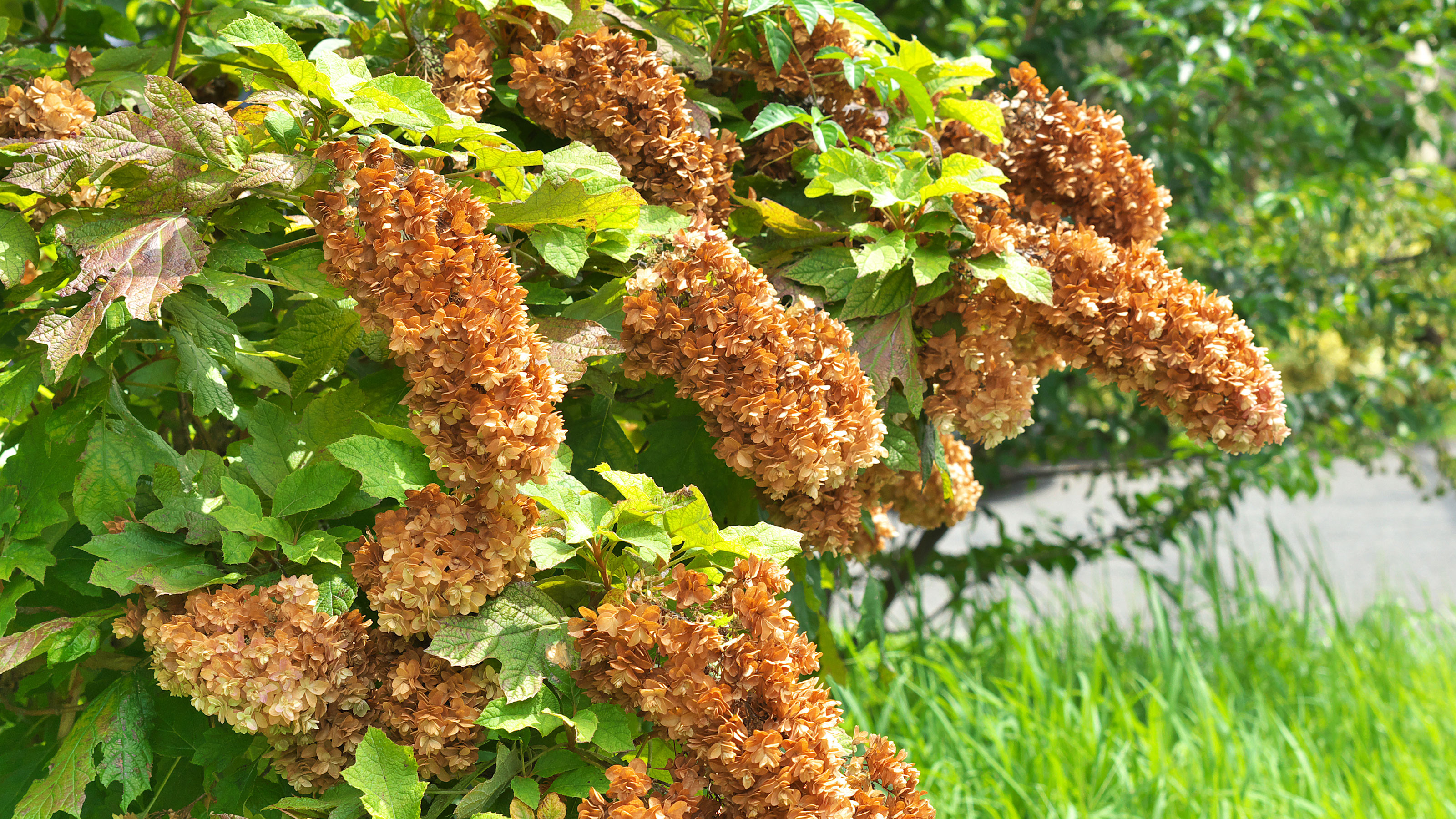
Controversial opinion: shrubs are better than cut flowers, especially when it comes to the shadier corners of your yard. If we’re talking about getting the best bang for your buck and what makes the foundation of a high-end garden design, a great shrub will get our vote every time.
Shrubs are the true architects of a shady garden. They provide essential year-round structure that your other flowers merely decorate throughout the seasons. Plus, come fall, you’ll be thankful your shrubs are there to bulk out your beds!
We asked a professional plant grower and nursery owner for the shade-loving shrubs she loves to see in her own yard, and which ones are taking the top spots in landscape designs right now.
What shrubs grow best in shade?
Whether you're after a woody perennial or something that flowers for seasonal interest, there's some kind of shrub you can grow in the shade for any backyard. When we asked gardening expert and professional plant grower Ali McEnhill at The Old Dairy Nursery & Gardens for her top picks, we got some great suggestions that are tried and tested in her own yard.
1. Red & Yellow Twig Dogwoods
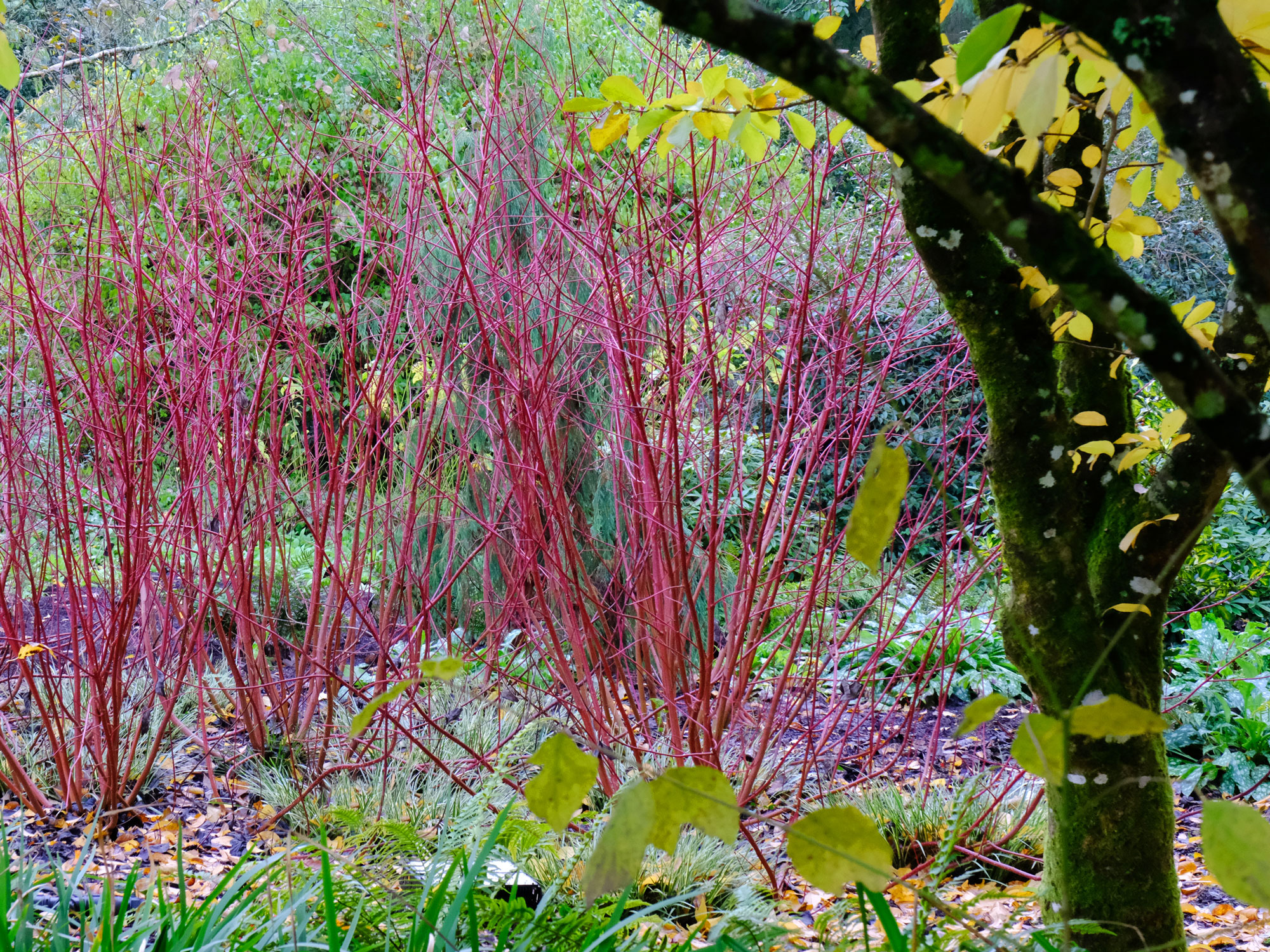
With plants like Red and Yellow Twig Dogwoods, who says shrubs are boring? Famous for their blazing red or yellow stems, these plants are fascinating to look at throughout the seasons and are a top pick for a bold garden color scheme according to Ali McEnhill.
‘Red & Yellow Twig Dogwoods are beautiful deciduous shrubs that add color to the garden year-round,’ says expert Ali. ‘They come in a large range of sizes and colors and are easy to grow in sun or shade, but generally speaking the more sun the better the color.’
As with all plants, it’s best to pick a variety that suits your local climate and soil, as expert Ali explains. ‘Dogwoods like relatively moist, fertile soil; many are native to the US where they can be found growing along rivers or in swampy areas.'
'My two favorite varieties are Cornus sericea “Silver and Gold” and Cornus alba “Elegantissima”. The first has beautiful green and white variegated leaves, white flowers, bright gold winter stems, and a low sprawling form. “Elegantissima” also has beautiful green and white variegated foliage and white flowers, but the stems are a brilliant red and the form is vertical.’
Hardiness zone: 3-8
2. Purple Beautyberry
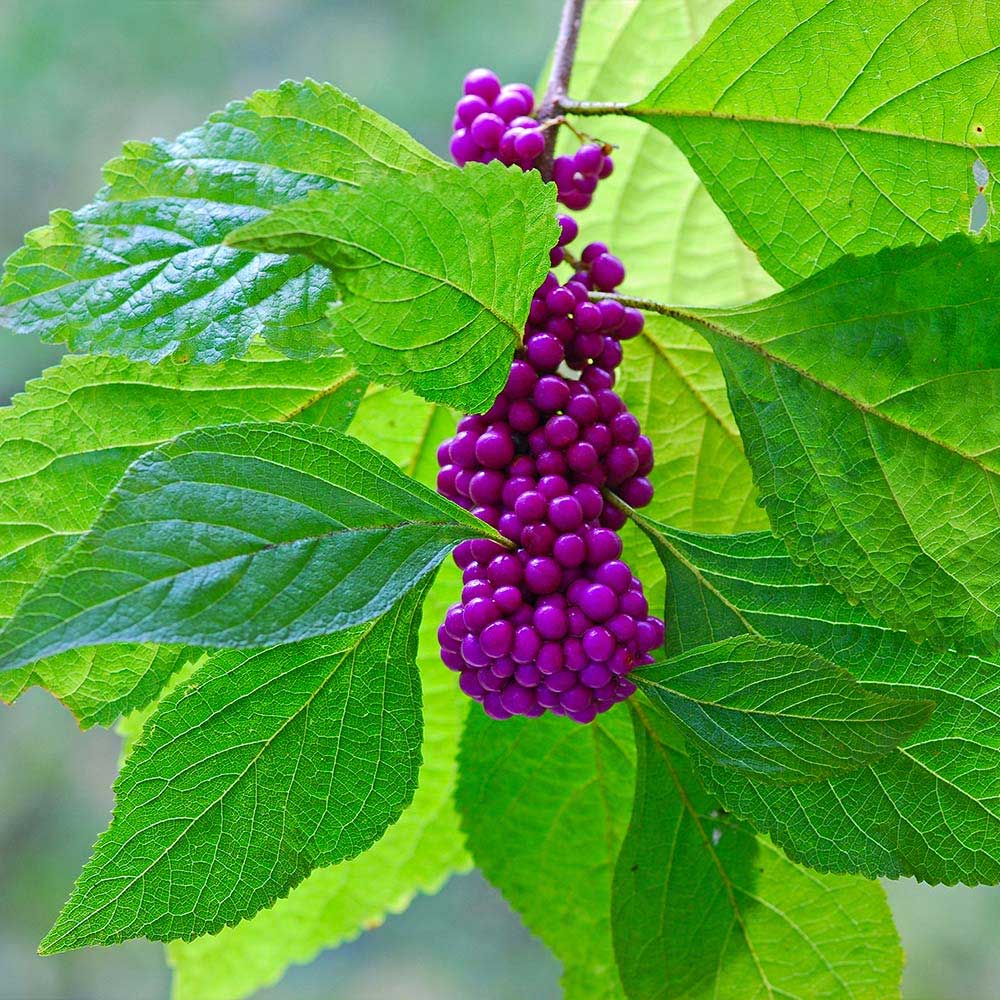
Reaching just over three feet in height, Beautyberry is the perfect shrub for small backyards, or even balconies – especially if you’re into bird watching!
‘Beautyberry is one of the best ornamental fruiting shrubs’ says expert Ali. ‘It has graceful arching branches and, as the name says, beautiful berries. This plant is generally recommended for full-sun gardens, but we have had luck growing it in our shade garden for many years now. It is a delight to look out the window in winter and watch the bluebirds go crazy over the metallic purple berries.’
For a variety that gets the expert’s stamp of approval, look for “Early Amethyst”! Ali explains '"Early Amethyst" is our favorite variety, it is also one of the few varieties that is fully hardy to zone 5. Bright green leaves emerge on lovely arching branches in mid-spring. Leaves darken to a deeper green as summer progresses and are accompanied by a scattering of insignificant pink flowers. Flowers are followed by masses of amazing metallic purple berries in late summer/early fall. Our mother plant takes a beating in the wind and snow, yet the berries persist.’
Hardiness zone: 5-8
3. Seven-sons Flower Tree
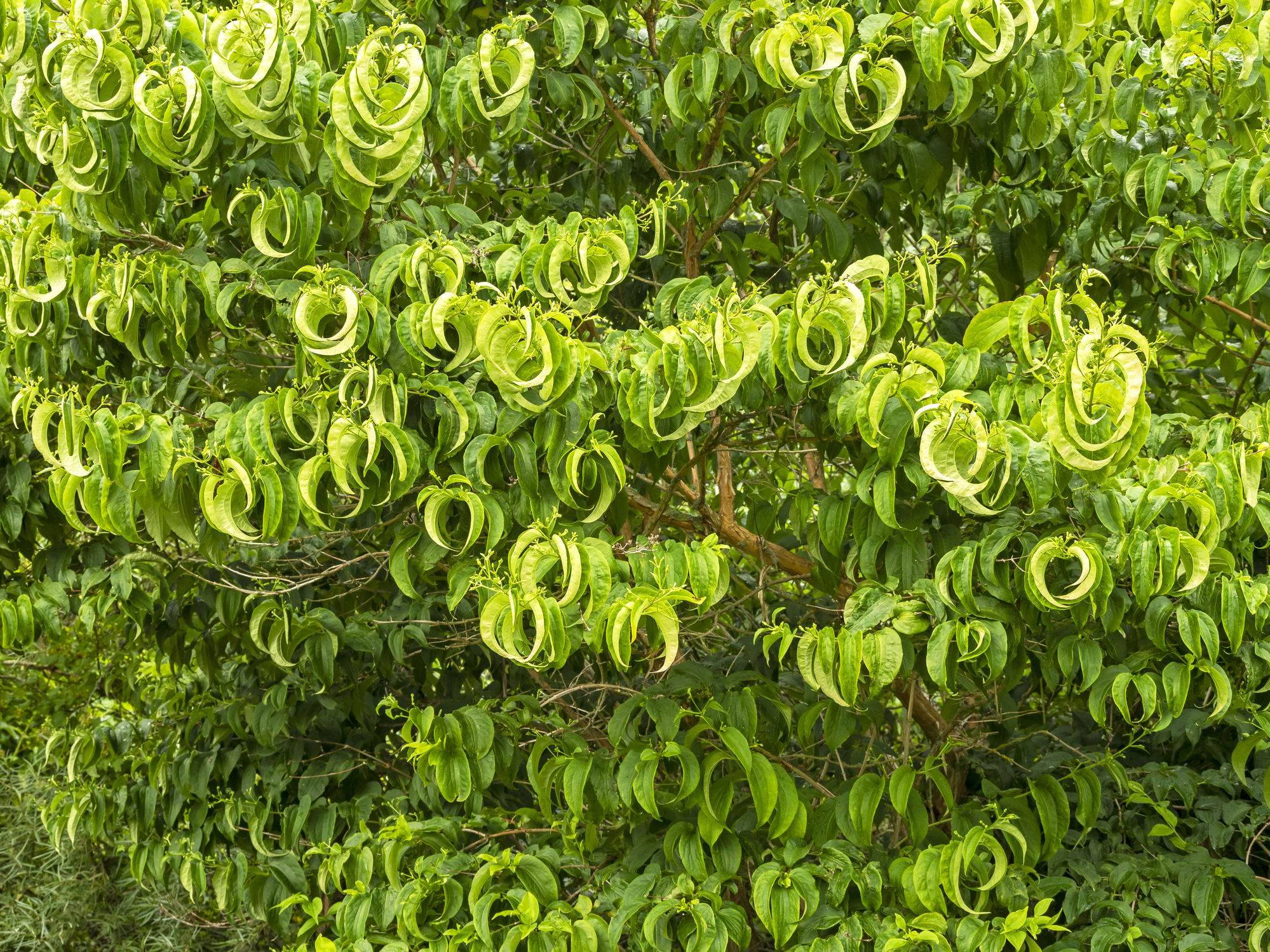
A favorite of both landscapers and pollinators, the Seven-son Flower Tree (Heptacodium miconioides) is perfect for adding year-round drama – plus it’s drought-tolerant too, so a great plant for a dry garden!
Ali says ‘Seven-son Flower is a fantastic four-season tree that has only recently begun to gain popularity in the U.S. Drought tolerant and extraordinarily easy to grow in most conditions, this fountain-shaped tree is one of the few that blooms in late summer, and pollinators go crazy for it.’
‘The large clusters of white flowers are followed by masses of reddish-pink seeds, which look like flowers. No appreciable fall foliage color, but the colorful seed structures and peeling, shaggy bark more than makeup for it,’ says gardening expert Ali.
To make the most of this tree, Ali advises planting it in either shade or sun, just as long as the soil is moist. Then to keep it looking shipshape, Ali’s preference is to prune it into a magnificent multi-stemmed tree.
Hardiness zone: 5-9
4. Oakleaf Hydrangea
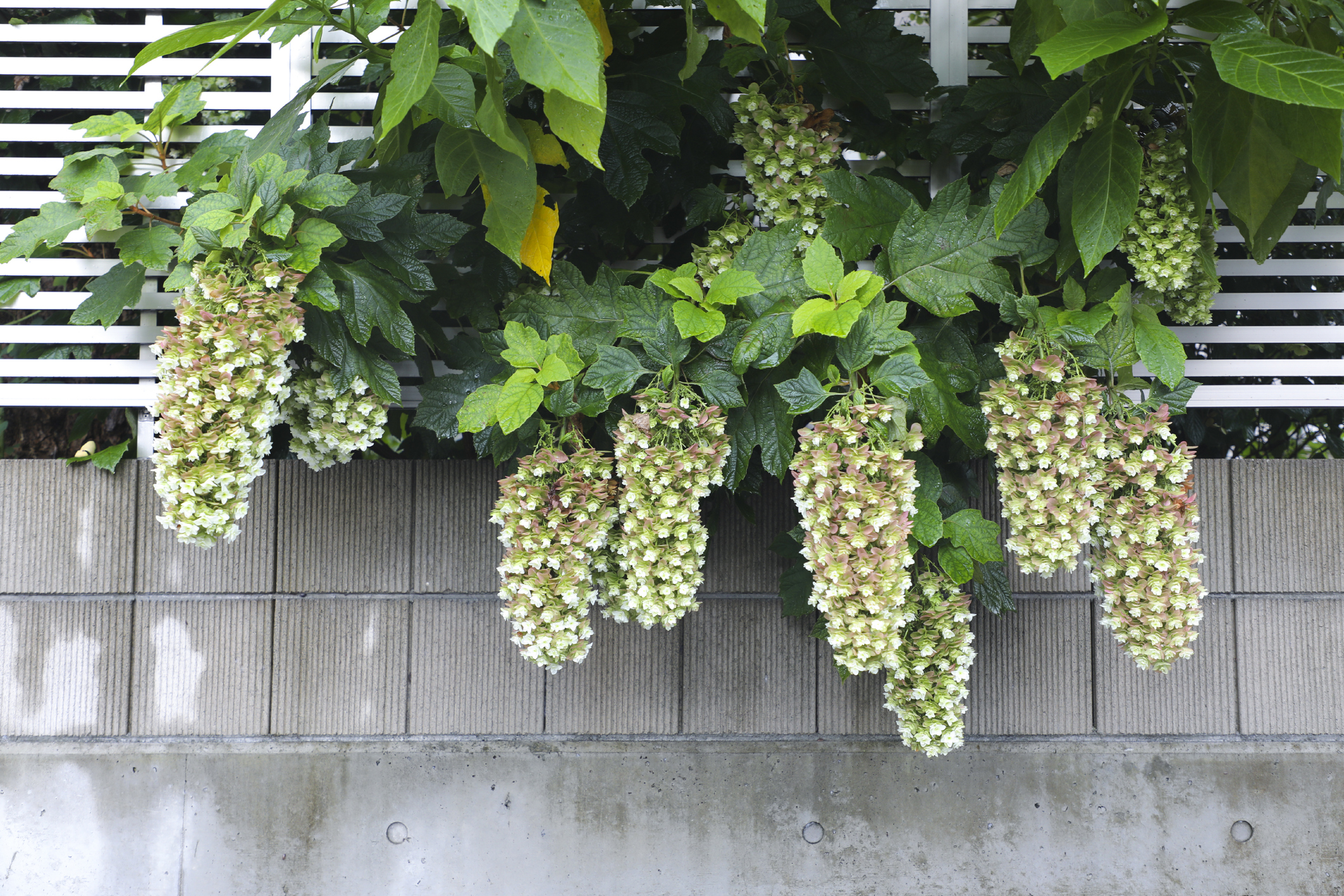
Unmistakably romantic, hydrangeas are one shade-loving shrub that simply has to feature in a designer’s top plant picks – and they don’t get more magical than an Oakleaf Hydrangea!
Expert Ali explains ‘Oakleaf Hydrangea (Hydrangea quercifolia) is an attractive deciduous shrub native to the American South. Large, bold, oak-shaped leaves give this hardy plant a tropical appearance. Leaves emerge light green in spring, darken to a deep green, then turn the most beautiful shade of burgundy in fall. Long panicles of white flowers appear in late spring and slowly fade to a beautiful pink as they age through fall.’
Don’t worry about this shrub demanding a high-maintenance routine either, according to Ali, Oakleaf Hydrangea is very easy to care for.
‘Grow it in sun or shade in organically rich, well-drained soils with medium moisture,' says Ali. 'Our two favorite varieties are “Snow Queen” and “Ruby Slippers”. “Snow Queen” is similar to the straight species, however, it has stronger stems and a slightly more upright, rounded form. It is also more floriferous. “Ruby Slippers” is a perfect option for smaller gardens as it reaches only a few feet high and wide. Large white panicles of flowers quickly turn pink then slowly mature to a deep ruby hue.’ It's a great shrub for containers, too, if you have a small courtyard rather than a sprawling garden.
Hardiness zone: 5-9
5. Spicebush
Nothing says spring like a Spicebush in full bloom! One of the first shrubs to flower after winter, Spicebush appears in early spring smothered in delicate yellow flowers.
Ali says ‘We like to use it in the shade garden where it beautifully complements early blooming bulbs. By summer it fades into the background, but it rejoins the show in fall when the leaves turn dazzling shades of golden-yellow.’
But one of the most intriguing parts of this show-stopping shrub is its incredible fruits. ‘Spicebush produces bright red drupes with a peppery scent and taste. Birds go crazy for the little fruits when they ripen in fall. Plus crushed foliage and stems have the same wonderful, spicy scent as the berries,’ says expert Ali.
For an idea of how big Spicebush will get, Ali says ‘These deciduous shrubs grow 6-12 feet tall and wide. It can be grown in sun as long as it is provided with ample moisture, but is happiest in shade where it is tolerant of a wider range of soil conditions.’ It makes it a potentially good flowering bush for privacy too.
Hardiness zone: 4-9
Do boxwoods like shade?
Boxwoods can tolerate shady areas in the garden, but they may grow a little differently. These shrubs will grow with a more "open habit" in shady spots, which means the leaf density won't quite be as tight and closed. The color may also be affected, too, appearing not quite as dark green.
This is just a handful of shrubs you could consider for a shady yard — an interesting mix of color, flowers, fruit and structural perennials. You'll find there are plenty more shade-loving shrubs that will work for even the darkest corners of your garden, some even evergreen so you can ensure these spaces look great year-round.







